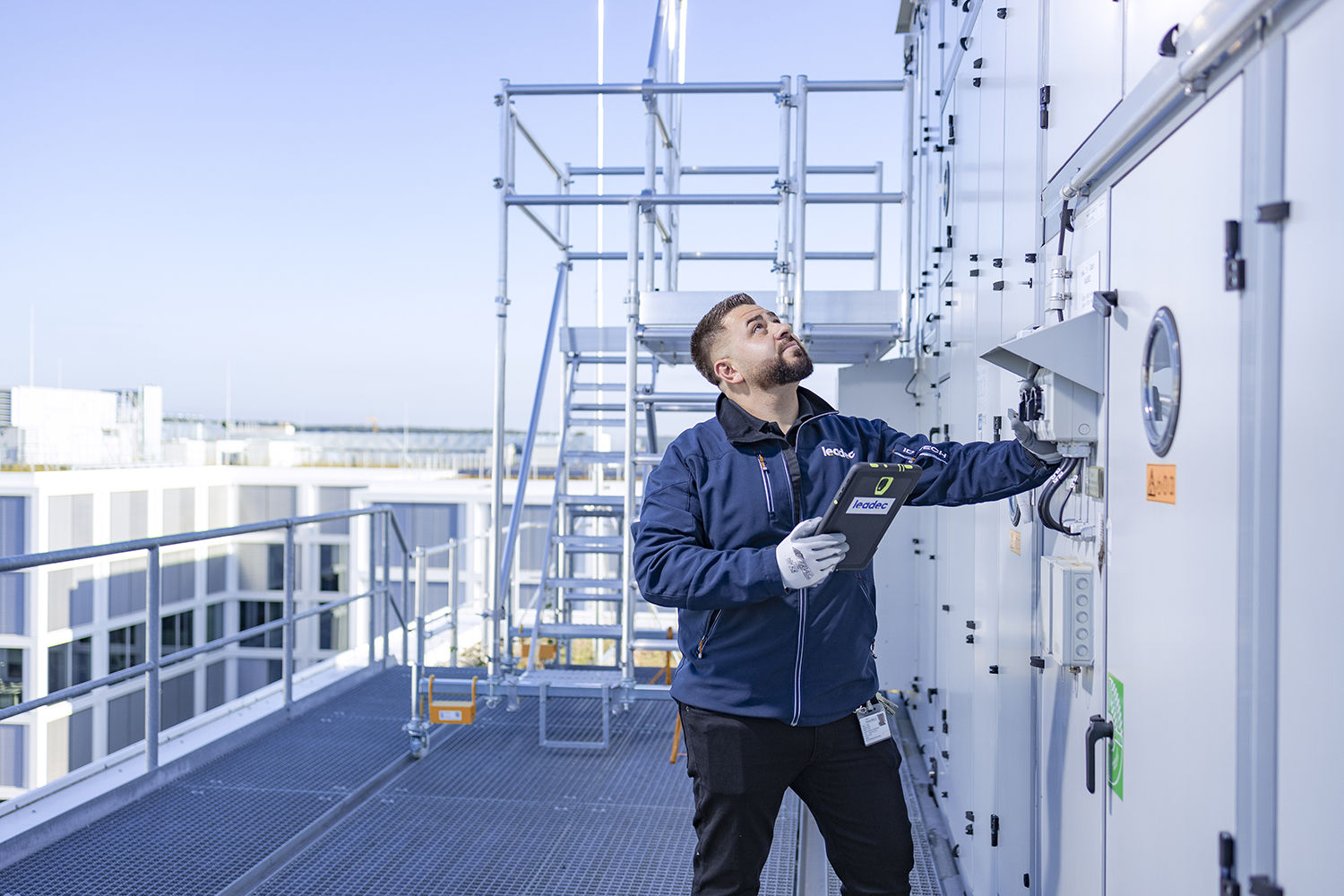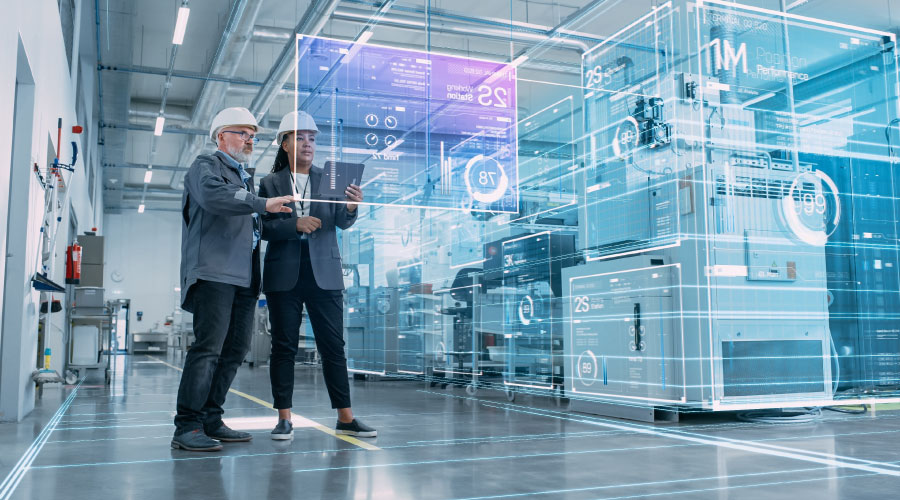The Crucial Guide to Facility Management: Strategies for Success
Center administration plays a vital function in the total success of a company, offering as the backbone that sustains performance, security, and performance. The subtleties of reliable facility management prolong past mere logistics and require a detailed understanding of both measurable and qualitative metrics.
Understanding Facility Administration
What comprises reliable center management? Effective center administration includes the sychronisation of various organizational features to guarantee that built settings are safe, reliable, and helpful to productivity. Facility Management. It integrates the principles of business, design, and design monitoring to create a smooth operational circulation within an organization
Trick aspects of facility management consist of room planning, upkeep management, and compliance with health and wellness and security laws. Room planning focuses on enhancing using physical resources to support business objectives, while maintenance management makes certain that centers are maintained in optimal problem, making best use of life-span and lowering functional prices. Compliance with governing and legal criteria is important, as it safeguards the organization against potential liabilities and enhances its track record.
In addition, effective facility monitoring relies on the critical use of modern technology, such as Structure Management Systems (BMS) and Computer-Aided Center Management (CAFM) tools. These modern technologies promote real-time surveillance of building systems and improve upkeep processes. Inevitably, a thorough strategy to facility administration not just promotes functional effectiveness but also fosters a favorable setting for staff members and visitors alike, driving general organizational success.
Key Strategies for Optimization
Enhancing center management calls for a calculated strategy that straightens functional experiment organizational goals. To accomplish this, the first vital approach is the implementation of incorporated technical options. Making use of advanced software systems enables real-time surveillance of facility operations, helping with data-driven decision-making and improving total performance.
Secondly, routine evaluations of center efficiency are necessary. Conducting regular inspections and audits enables center supervisors to identify locations that require renovation, guaranteeing that sources are assigned successfully. This positive approach aids in lessening downtime and improving solution delivery.
Another vital strategy is promoting cooperation across departments. By motivating open interaction between groups, center supervisors can much better straighten their methods with service objectives, leading to boosted operational harmony. In addition, involving staff in training programs promotes a culture of accountability and boosts their capability to add to optimization initiatives.
Enhancing Safety And Security Protocols
Enhancing security procedures is essential for producing a protected atmosphere within facilities. A comprehensive safety and security method not just protects employees and site visitors yet also enhances operational performance. To accomplish this, facility managers have to conduct normal danger assessments to make certain and determine prospective hazards that ideal procedures remain in area.
Training and education are crucial parts of efficient security procedures - Facility Management. Employees need to get ongoing training in emergency situation procedures, equipment handling, and individual protective actions. Routine drills, such as fire evacuations or lockdown procedures, foster familiarity and preparedness amongst staff
Furthermore, clear interaction networks need to be developed to report safety concerns promptly. This includes producing an available system for employees to articulate prospective dangers or occurrences without fear of . Moreover, leveraging technology can improve safety measures; as an example, implementing monitoring systems and accessibility check here controls assists check facility tasks and restrict unapproved entry.
Finally, conformity with local policies and sector criteria is non-negotiable. Normal audits and reviews of security methods make certain alignment with existing regulations and ideal methods. By prioritizing these approaches, facility managers can grow a culture of safety and security that protects all stakeholders and ultimately contributes to the company's success.
Improving Work Environment Atmosphere

Ergonomic factors to consider are essential to minimize physical strain and pain. Facility Management. This entails giving flexible furnishings, proper illumination, and ample room for activity. These changes can cause minimized absence and enhanced task satisfaction
Appearances play an essential duty fit the work environment environment. Using color psychology, all-natural lights, and plant can promote a promoting and welcoming setting. Attentively designed areas can increase creative thinking and boost general wellness.
Moreover, urging worker engagement via comprehensive decision-making procedures can enhance the feeling of possession and belonging. Gathering responses on office renovations and including employees in the layout procedure can lead to an extra tailored atmosphere that fulfills their demands.
Finally, advertising wellness initiatives, such as health cares and relaxation spaces, can additionally add to an encouraging work environment society. By concentrating on these methods, facility supervisors can efficiently boost the workplace setting, driving both worker fulfillment and organizational success.
Gauging Success in Facilities
Determining success in center management calls for an extensive approach that evaluates both quantitative and qualitative metrics. Quantitative metrics commonly include Facility Management crucial performance indications (KPIs) such as area application rates, power intake, maintenance expenses, and tenancy levels. These metrics provide a clear photo of functional efficiency and monetary efficiency, permitting facility supervisors to identify areas for renovation and benchmark against market criteria.
Qualitative metrics, on the other hand, concentrate on customer complete satisfaction and staff member involvement. Surveys and comments systems can gauge just how well the centers meet the needs of passengers, aiding to analyze the overall workplace environment. This facet is essential, as a satisfied labor force is often linked to boosted performance and retention prices.
To successfully gauge success, facility managers here need to also consider integrating innovation, such as developing administration systems and data analytics tools, to collect and assess pertinent information. Regularly reviewing both collections of metrics permits an extra well balanced sight of efficiency and educates critical choices. Ultimately, a successful center administration technique depends upon a dedication to continuous enhancement, ensuring that both functional performances and customer complete satisfaction are focused on.
Conclusion

Center monitoring plays a critical duty in the overall success of a company, offering as the foundation that sustains performance, performance, and safety.Key aspects of center monitoring consist of space preparation, upkeep management, and compliance with health and wellness and security laws.Furthermore, effective facility management depends on the critical use of modern technology, such as Structure Monitoring Equipment (BMS) and Computer-Aided Facility Monitoring (CAFM) tools. Eventually, a detailed technique to facility management not only promotes functional efficiency however likewise promotes a positive atmosphere for workers and site visitors alike, driving overall business success.
Ultimately, an effective center monitoring method pivots on a commitment to constant enhancement, guaranteeing that both operational efficiencies and user satisfaction are focused on.
Comments on “Comprehending the Essential Principles of Facility Management for Modern Businesses”